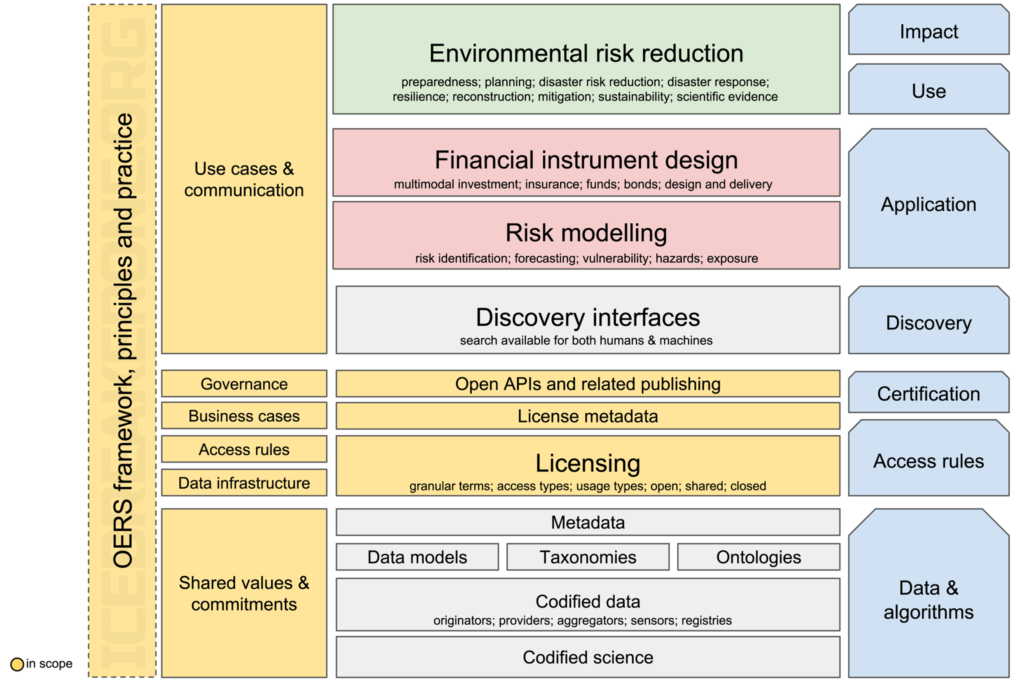On environmental and risk data
Detailed risk data and models are fundamental to increase disaster risk resilience solutions and minimise economic shocks following disasters. Solutions are needed to fill the funding gap which opens up after immediate emergency response operations are complete.
The burden of funding of long-term repair and recovery too often lies with governments, businesses and individuals, forcing them into debt, hampering economic development, and delaying reconstruction efforts for months and years. Financing can also be used to incentivise building back better after disasters.
Climate change means more shocks are threatening developed economies as well as preventing the progress of low-income countries.
New financing and insurance mechanisms are needed, but cannot progress without an understanding of the risk which is openly available and accessible to the bearers of the risk themselves so they can take informed decisions about how best to manage their risk.
On the web of environmental data
To unlock the potential usage of data, we believe there is an opportunity to create a common framework, principles and practice that would enable its publishing in a manner that supports both discoverability and use in both commercial and non-commercial applications.
Following ‘design for search’ principles, we are addressing the governance, access, business cases to unlock value from our environmental data infrastructure: to help enable discovery, application, use and impact.
To be clear, this is about the development of an Open Standard, principles and practice for use by everyone (e.g. we are not ‘building a platform’).

Related links
